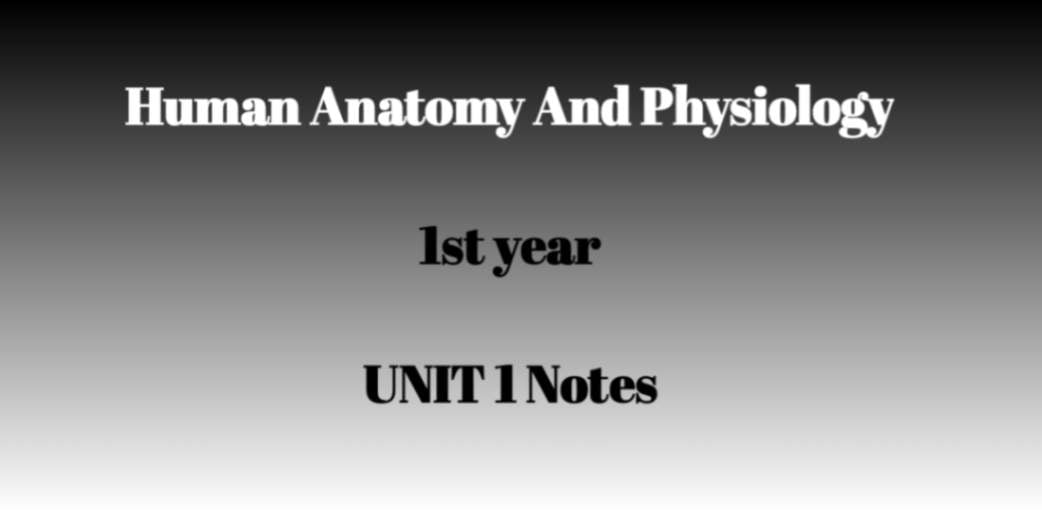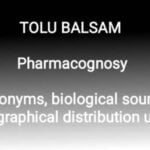Brain and spinal cord HAP notes : Unit 1
Brain and spinal cord

Central nervous system brain and spinal cord
The nervous system is the most complex system of human body containing millions of nerve cells network. It is the major controlling and coordinating system of human body. It commands body.
Classification of nervous system
Nervous system has two type:
1. CNS : Brain and spinal cord
2.PNS : ANS and Somatic NS.
NEURONS
They generates, carry and transmit nerve impulses.
Structure of Neurons
A Neuron is basically composed of three parts:
Dendrites
Cell body
Axon
CELL BODY: It is also known as Soma. The cell body is the central region containing nucleus is the siteof all major metabolic activity of cell. It is approx 4-100 micrometes in diameter,The ribosomes of neurons is called as Nissle’s Granules.
AXON: Axon is a thin, long and cylindrical process/extension that arisefrom the cell body of Neuron.• Axons are the most important part of neuron • Generally most of the axons are covered by a fatty substance called Myelin Sheath which is further wrapped by Schwann Cells.The area of axon where myelin sheath is absent is known as Node of Ranvier.The site from which axon is extended from cell body is known as Axon Hillock.
Arrangement of neurons in brain and spinal cord
CLASSIFICATION OF NEURONS/NERVE FIBRES
Neurons can be classified on the basis 3 categories:
- On the basis of polarity/extension
- On thebasis of functionSheath
- On the basis of Myelin
On the basis of Polarity neurons are of 4 types:
Unipolar Neurons
Bipolar Neurons
Pseudounipolar Neurons
Multipolar Neurons
UNIPOLAR: These are the neurons in which cell body has Single process.
BIPOLAR: These are those neurons in which cell body has two process
PSEUDOUNIPOLAR : These neurons has Single process but further this process divided into two other process.
MULTIPOLAR : These are the neurons in which cell body has multiple process.
Cns brain and spinal cord
CENTRAL NERVOUS SYSTEM•The central nervous system is mainly consist of Brain and spinal cord.
For ssuch more notes follow: link
How is brain and spinal cord protected
Both Brain and Spinal Cord is protected by cranial cavity .The control nervous system is the major contesting mulatory• It is responsible for everything we do, feel think.Parts of CNSBrain Spinal Cord
MENINGES
Although Brain and Spinal Cord is protected by cranial bones and vertebral column but since they are very sensitive important organ of our body, hence they are further protected by three layer of covering called Meninges.
Meninges are made up of these Layers :
- Dura Matter (Outermost Layer)
- Arachnoid Matter (Middle Layer)
- Pia Matter (Innermost Layer)
Dura Matter :It is divided into sub layers:- Endosteal layer Outer layer towards skull.- Meningeal layer Inner layer towards Arachnoid matter.
Arachnoid Matter: It is the middle fibrous layer.
Pia Matter:It is highly vascular connective tissue layer.
Grey matter and white matter in brain and spinal cord
GREY MATTER & WHITE MATTER
The organs of Central Nervous System ie, Brain & Spinal Cord are composed of two kind of tissues
Grey Matter
White Matter
Grey Matter: It is the major component of central nervous system mainly consist of Neuronal Cell body dendrites.
White Matter: The white matter is the network of fibers mainly consist of myelinated axons/nerve fibers.• In brain it is present in the inner side while in spinal cord it is present on the outer side.
Structure of brain and spinal cord
THE BRAIN
Brain is one of the largest organ in the body which coordinates. most of the body activities.• In males the average weight is about 1370 g while in females it is about 1200 grams.• It is one of the most complex living structures in this universe.
VENTRICLES OF BRAIN:The ventricles are cavities (hollow spaces) filled with Cerebrospinal Fluid•There are four ventricles in our brain that are interconnected to each other.•Each ventricles is lined by ependymal cells which forms Choroid.
Four Ventricles of Brain :
Right Lateral Ventricles
Left Lateral Ventricles
Third Ventricle
Fourth Ventricle
CEREBROSPINAL FLUID (CSF)
CSF is a clear, colourless transparent fruid found in the ventricles.
Choroid Plexus: Choroid Plexus is a network of blood vessels lined by ependymal cells that produces CSF.The volume of CSF is approx 100- 150 ml. • It is secret at a rate of 0.5 ml/min or 500-700 ml/day.
Composition of CSF It is composed of: 99%. Water, 1% Solid Substances
| INORGANIC | ORGANIC |
| Sodium, Potassium | Proteins |
| Calcium, magnesium | Sugar |
| Bicarbonates | Uric acid |
| Chlorides etc | Creatinine etc |
Function of CSF :It support, protects act as shock absorbent for CNS.
PARTS OF BRAIN
The Brain can be divided into 4 major parts:
- Cerebrum
- Cerebellum
- Brain Stem
- Diencephalon
LOBES OF CEREBRUM
The cerebrum of brain is divided into 4 mayor lobes:
- Frontal Lobe
- Parietal Lobe
- Temporal Lobe
- Occipital Lobe
- Frontal Lobe: It is also known as Motor Cortex.It controls motor functions like personality, movement planning decision making, creativity, concentration, thoughts etc.
- Parietal Lobe: It is also known as Sensory Cortex.It is responsible for controlling logical reasoning recognition, storage of language.
- Temporal Lobe: It is also known as Auditory Cortex • It controls hearing, smell, dreams etc.
- Occipital Lobe: It is also known as Visual Cortex.It receives input from eyes & controls vision.
Also read:
Solubility of drugs in physical pharmaceutics notes : Unit 1Link
Conclusion :
This wwas all about Human Anatomy And Physiology. If you find any topic missing tell us in comment section we will try to do so. Keep studying.










